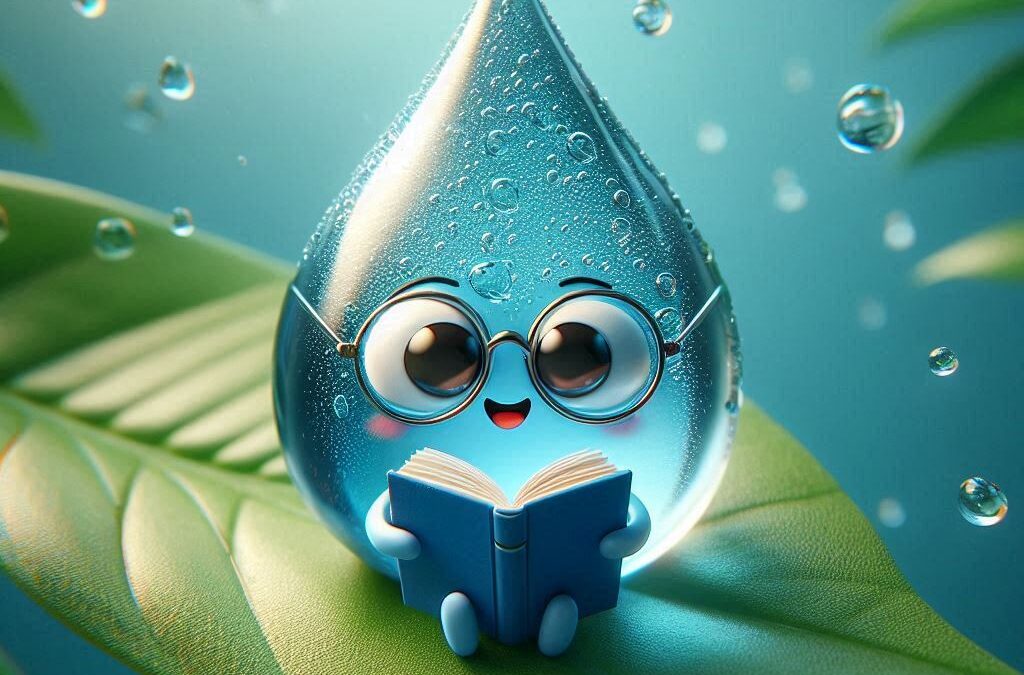In a Nutshell:
Can water really “remember” the things it touches, hears, or even senses? The idea of water memory suggests that water might retain traces of its encounters—whether through sounds, images, or even intentions. Researchers like Dr. Masaru Emoto have explored how water exposed to music or positive words forms beautiful crystals, while negative influences supposedly create chaotic ones. Despite some intriguing claims and global curiosity, the science remains controversial, with debates on experimental bias and perception. This article dives into real-life examples, scientific viewpoints, and ongoing mysteries to explore water’s potential memory.
The Story and Science Behind Water Memory
The idea that water might have a “memory” was popularized by French scientist Jacques Benveniste in 1988 when he published a controversial paper claiming that water could retain a memory of substances once dissolved in it, even at high dilutions where no molecules of the original substance remained. Benveniste’s work was met with criticism, but it sparked a movement that would eventually bring us experiments like those conducted by Dr. Masaru Emoto, who studied how water crystals respond to various stimuli.
Masaru Emoto’s Experiments with Music and Images
One of the most famous modern proponents of water memory is Dr. Masaru Emoto, a Japanese researcher who believed that water could store information from its environment. Emoto conducted experiments where he exposed water to different kinds of music, pictures, and even written words before freezing it. He would then observe the resulting ice crystals under a microscope. Emoto’s team claimed that positive words and harmonious music produced aesthetically pleasing, symmetrical crystals, while negative words and discordant music created chaotic, fractured formations.
For instance, when water was exposed to classical music or phrases like “love” and “gratitude,” Emoto claimed it formed beautiful, intricate crystals. Conversely, water exposed to heavy metal music or words like “hate” supposedly resulted in deformed, irregular crystals. While Emoto’s work gained global attention and became the foundation of his book The Hidden Messages in Water, it also attracted criticism for lacking rigorous scientific controls, as results could not be consistently replicated by other scientists.
Anecdotal and Amateur Experiments
In recent years, inspired by Emoto, many people have performed their own experiments with water memory. One commonly cited approach is playing music or placing an object, such as a photograph or a symbolic item, next to a container of water before freezing it. Several individuals claim that the resulting ice formations resemble the images or reflect the “energy” of the items nearby.
For example, in 2016, a group of amateur researchers reported that when they placed a picture of a tree next to a glass of water before freezing it, the resulting ice crystals appeared to take on tree-like shapes. Others have experimented with various objects, such as placing a flower or a crystal near the water, observing what they believe to be similar patterns in the frozen water structure. These experiments are mostly shared online through social media and videos, garnering both excitement and skepticism.
Conclusion
Water memory remains a captivating and controversial concept, blending the line between science, philosophy, and mysticism. While scientific consensus does not currently support the idea of water retaining a memory, ongoing curiosity and exploration continue to fuel interest in this field. For those fascinated by the mysteries of nature, water memory may represent an intriguing, albeit unproven, perspective on how water could interact with the world around it. It may not yet have scientific backing, but it certainly captures the imagination and encourages us to look closer at the natural wonders of our world.
Sources
- Emoto, M. (2004). The Hidden Messages in Water. Atria Books.
- Davenas, E., et al. (1988). “Human Basophil Degranulation Triggered by Very Dilute Antiserum Against IgE.” Nature, 333, 816-818.
- Ball, P. (2004). H2O: A Biography of Water. Phoenix Press.

